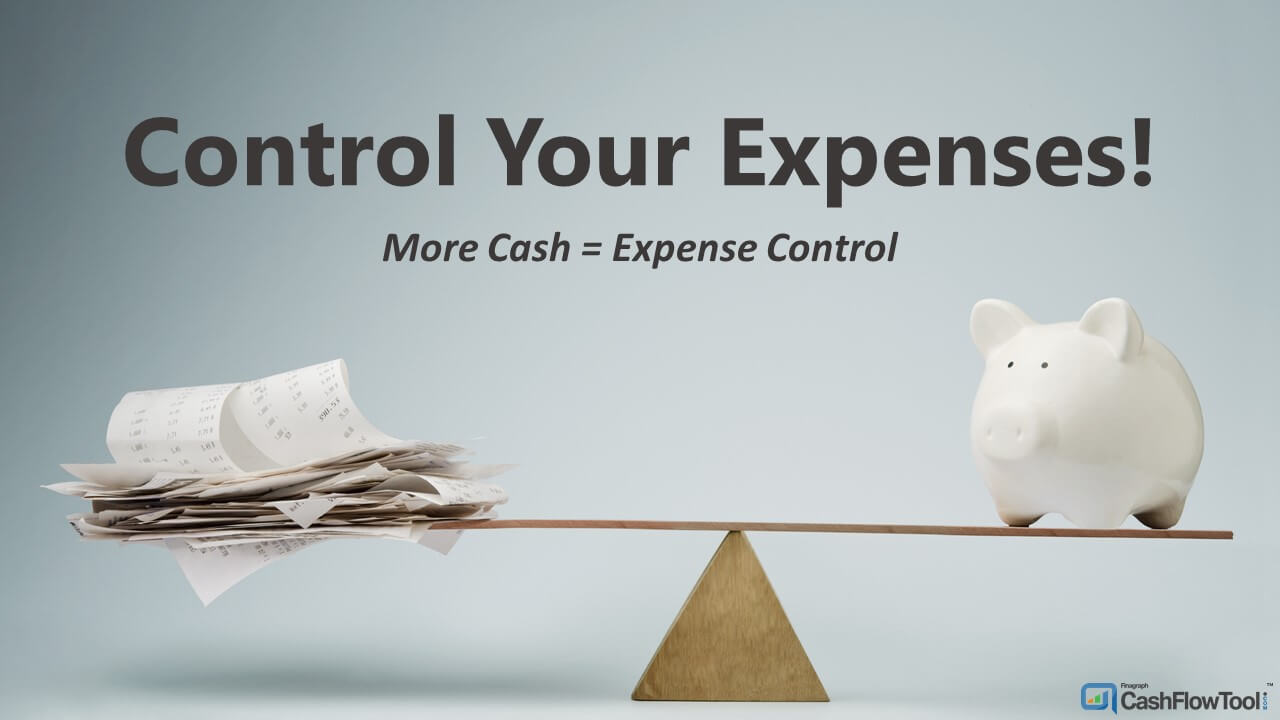There is simply one rule to live by in small business if you want to stay in business: The change in your operating expenses should mirror the change in your gross profit. This is typically called expense control. However, it should be called the essential function of a business. It’s essential because without it your company will die.
There is only one place in your company you can generate cash to cover your expenses and have a little left over for yourself. Your cash can be found in the gross profit line of your profit and loss statement. The money remaining after you sell an item or service and pay the direct costs for that item or service is called gross profit. The amount of money found on this line is used to pay for your operating expenses like rent, utilities, insurance and indirect wages. The larger the amount in this category, the more money you have to pay for your overhead and keep as profit.
The idea is simple.
As your gross profit increases, you’ll find yourself in a situation where your operating expenses also increase. This occurs when you have to add someone to your staff, open another location, or undergo any other operational increase to maintain your business during growth. It happens naturally, and you usually put some level of thought behind adding expense to your business.
The growth patterns of both gross profit and operating expense are unique from each other. Gross profit tends to be more fluid, moving up and down with sales. Operating expenses on the other hand tend to create a “stair step” pattern. This occurs when business owners try to operate for as long as they can without adding expense. It’s one way to maximize profit by keeping expenses static for as long as possible during growth.
It’s an interesting relationship, but makes perfect sense when you think about a small business goal of making as much money as possible. They’ll tend to hold their expenses flat as long as they can before adding new ones. This part is easy to explain and is the most common function of businesses.
The death spiral starts when gross profit declines and the business owner does not make a similar move to reduce expenses. There are periods during the business life cycle where sales may decline with gross profit automatically following resulting in a lack of cash to meet the business’s monthly expense obligations. In the diagram, this can be seen when operating expenses move above the gross profit line.
When this occurs the business owner has to source additional funds to pay the bills. This is also a natural function of business. It occurs regularly in businesses that experience seasonality. There are only two places to get the money for this event - debt or equity. In either case the health of the business takes a hit. The owner must either make a new debt payment, give up cash in their retained earnings, or sell additional stock. Although this is normal, it has to be a short term solution.
How long can a company continue to operate at a loss?
The question then becomes: “how long can a company continue to operate at a loss?” The answer is “as long as they can afford to.” When the business and the owner are out of money, the company fails and all of the work put into the business is lost. They both become a statistic and a memory in the community.
It's all about the rule!
The way to avoid this situation is to follow the same rule. As your gross profit dollars decline, reduce your operating expenses by the same amount. This means making some difficult decisions, including layoffs. No one wants to make this decision, but for the longevity of your company you must. Think of it this way. Laying off one person today may save the rest of your employee’s positions in the near future. You can always rehire the person if they’re available when your business rebounds.
Your business and employees count on you to follow this rule. Be sure that you adjust your operating expenses in relationship to the change your business is experiencing in gross profit dollars. It’s the one rule that will keep you in business until you decide to leave.

